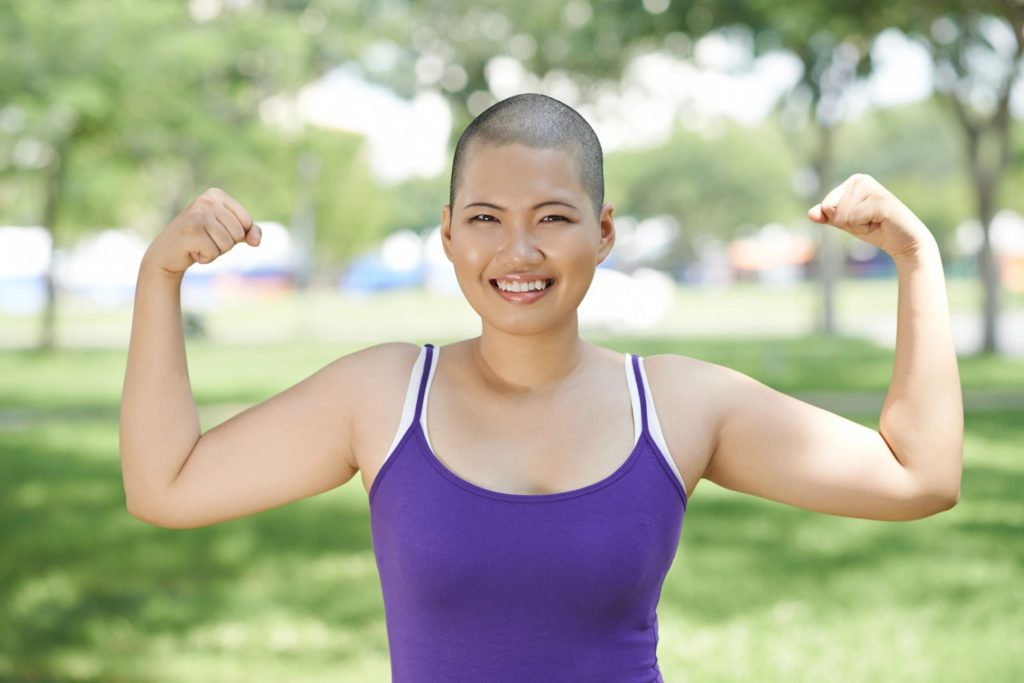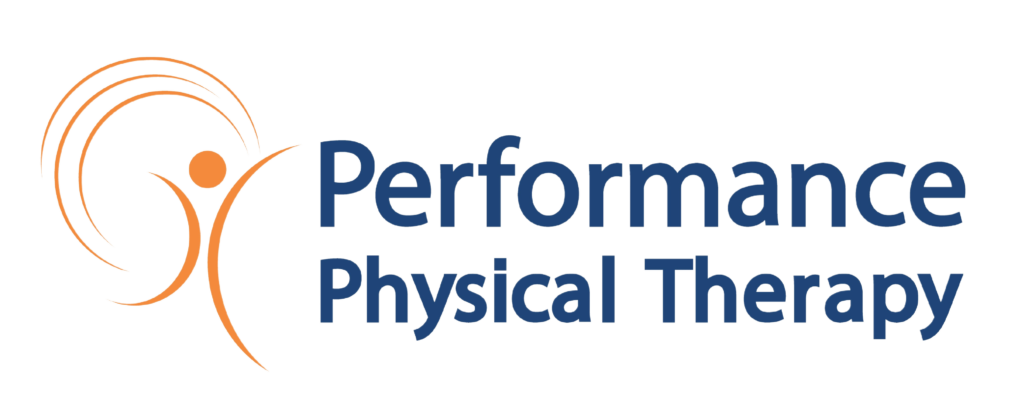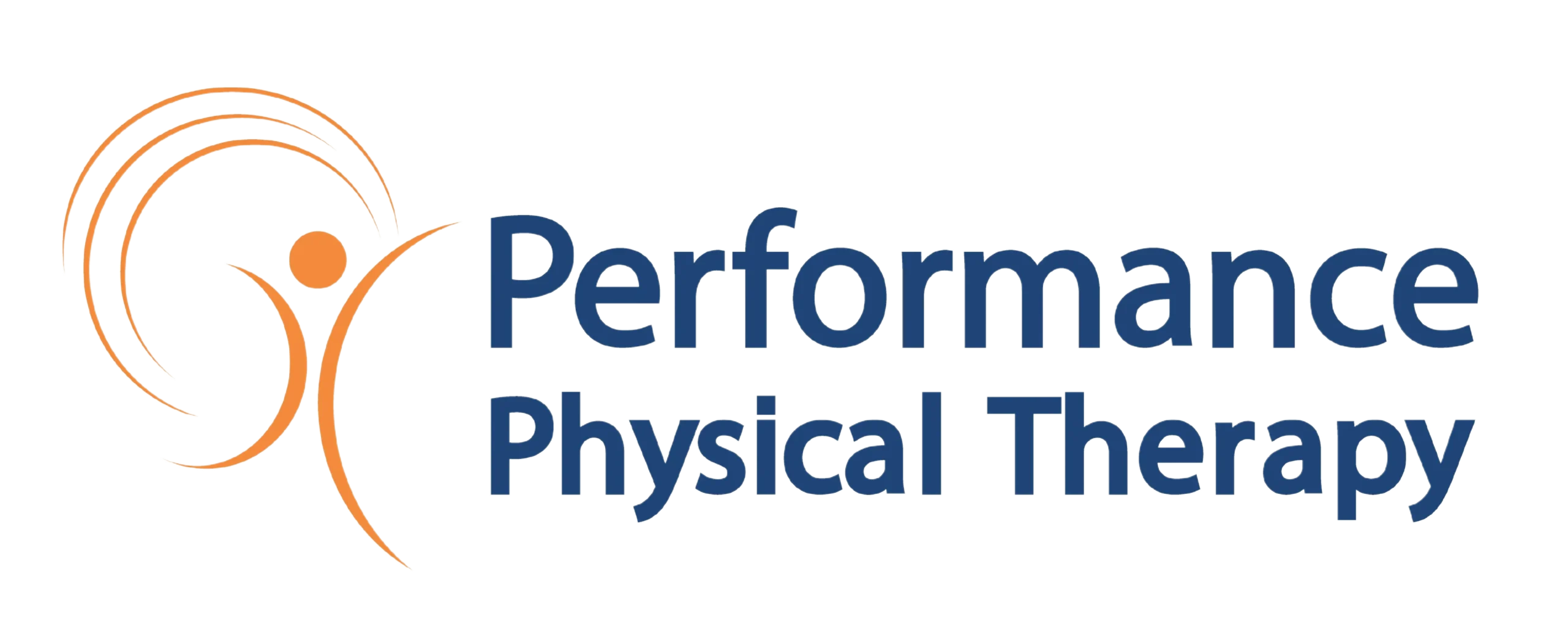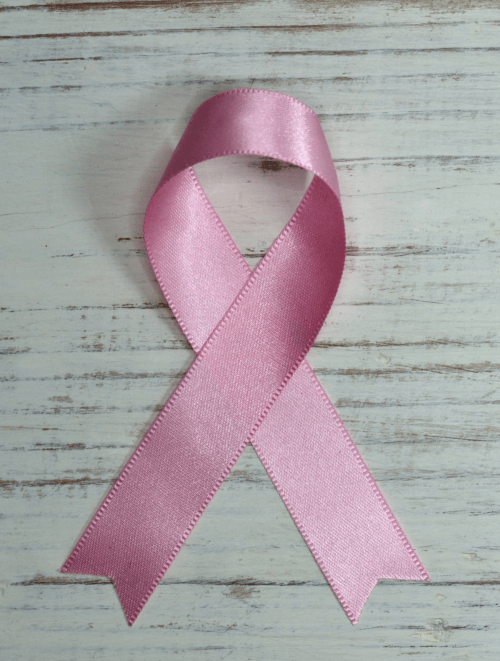
Harness the Power of Exercise to Alleviate Cancer Treatment Side Effects
My 80 year old mother hates medical tests. ALL medical tests. Always has. The only time she was in a hospital was to give birth to her 3 crazy boys. In fact, after her last primary care physician retired, she flatly stated, ‘no more tests, the kitchen is officially closed!’ This year, however, she started losing weight. A lot of weight. She would not budge on getting any tests, no matter how much her PCP begged. We finally coerced her to get a colonoscopy, but only if I got one on the same day. (yes, it may be the first mother/son colonoscopy ever, but that can be a separate article!). Well, turns out she has colon cancer, and the prognosis is not good. You have heard it before, but I can tell you first hand: please get all cancer screenings done when they are recommended! The alternative to getting screened is much worse that any discomfort, embarrassment, or inconvenience you might have. If you think you don’t have time, think of making time for surgery or an oncologists appointment. Today’s article is special for me, because I really hate cancer.
Today I talk about why exercise is so important in prevention of new and recurring cancer, and specifically what you should be doing to exercise safely after breast cancer surgery.
A recently published article reviewing over 70 research articles on exercise and cancer recurrence concluded that lifestyle changes are essential for newly diagnosed and recurring instances of breast cancer. Even more important than good sleep habits and stress reduction is exercise. How much? 150 minutes of aerobic activity per week is recommended (that’s 30 minutes, 5 days per week). Only 13% of women get that amount of exercise. Yuck! Anything that moves your body counts, as long as you are off the couch!
Here are some ideas to get you moving without even breaking a sweat:
- Use stairs rather than an elevator.
- Walk or bike to your destination, and walk around the block after dinner.
- Exercise at lunch with your family or friends.
- Go dancing.
- Wear a pedometer every day and watch your daily steps increase.
- Join a sports team.
- Walk to visit co-workers rather than send an e-mail.
- Use a stationary bike or do sit-ups, leg lifts and push-ups while watching TV.
- Park a little farther from your office, the store or the library for a nice walk.
- When the weather is too poor to be outside, grab a partner and “walk the mall.”
- Vary your type of exercise so you won’t get bored or think it’s a chore.
Exercise lessens the effects of chemotherapy, and assists in losing weight. Excess weight can increase your chance of recurrence. Gaining weight and cancer do not go together. Now lets talk about exercising after breast cancer surgery.
The most common issues that affect post-mastectomy patients are “upper-crossed syndrome” and range of motion limitations in the affected shoulder. Upper cross syndrome is the combination of forward head posture, rounded shoulders, and exaggerated spinal bending. As a result of these postural deviations, mastectomy, lymph node dissection, and/or radiation, the chest muscles may become tight, shortened and spastic. This not only exacerbates the postural deviations, but may limit the ability of the patient to move their arm/shoulder through normal motions needed to function. It’s harder to want to exercise when you are stiff, sore, and tired! The most important factor in the safety and benefit of the exercise program is the initial assessment. At the very least this should include a comprehensive postural assessment as well as shoulder range of motion measurements taken with a special tool in every physical therapists office.. The well-trained therapist will be able to deduce, from the results, which muscles need to be stretched and which need to be strengthened. By selecting the wrong combinations of exercises, the results may not only be undesirable, they may in fact be detrimental. In short, go to experts who have seen this before: this is not the time to improvise or listen to what worked for your neighbor. No two cancer patients are exactly alike!
In our offices, we strongly advocate restoring as much range of motion as possible before starting on strengthening.
Please go to www.pptandfitness/cancerexercises to see our commonly prescribed routines shown on video. Here you can see very basic exercises that the patient can do on their own; front wall walks, side wall walks, pendulum swings, and corner stretch, or active isolated stretching that can be executed with the assistance of a professional. The combination of both stretching, followed by strengthening will increase the speed of improvement in most cases.
Once close to full range of motion is achieved, the emphasis can be on strength training. Not only will this help to correct the postural and range of motion deviations, it will help increase bone density and lean muscle mass. Many woman will either be of menopausal age, or thrown into menopause from their cancer treatment. With estrogen no longer being produced, the risk of osteoporosis increases. To make things even more complicated, the long-term side-effects of chemotherapy include osteoporosis, diabetes, and damage to the heart and lungs; all of which can be avoided or improved through proper exercise recommendations.
You can be sure I will be helping my mom to get exercising as soon as possible, and I know these tips and ideas will help YOU and YOUR loved one recover from the effects of cancer. Let’s all get moving this month!!


